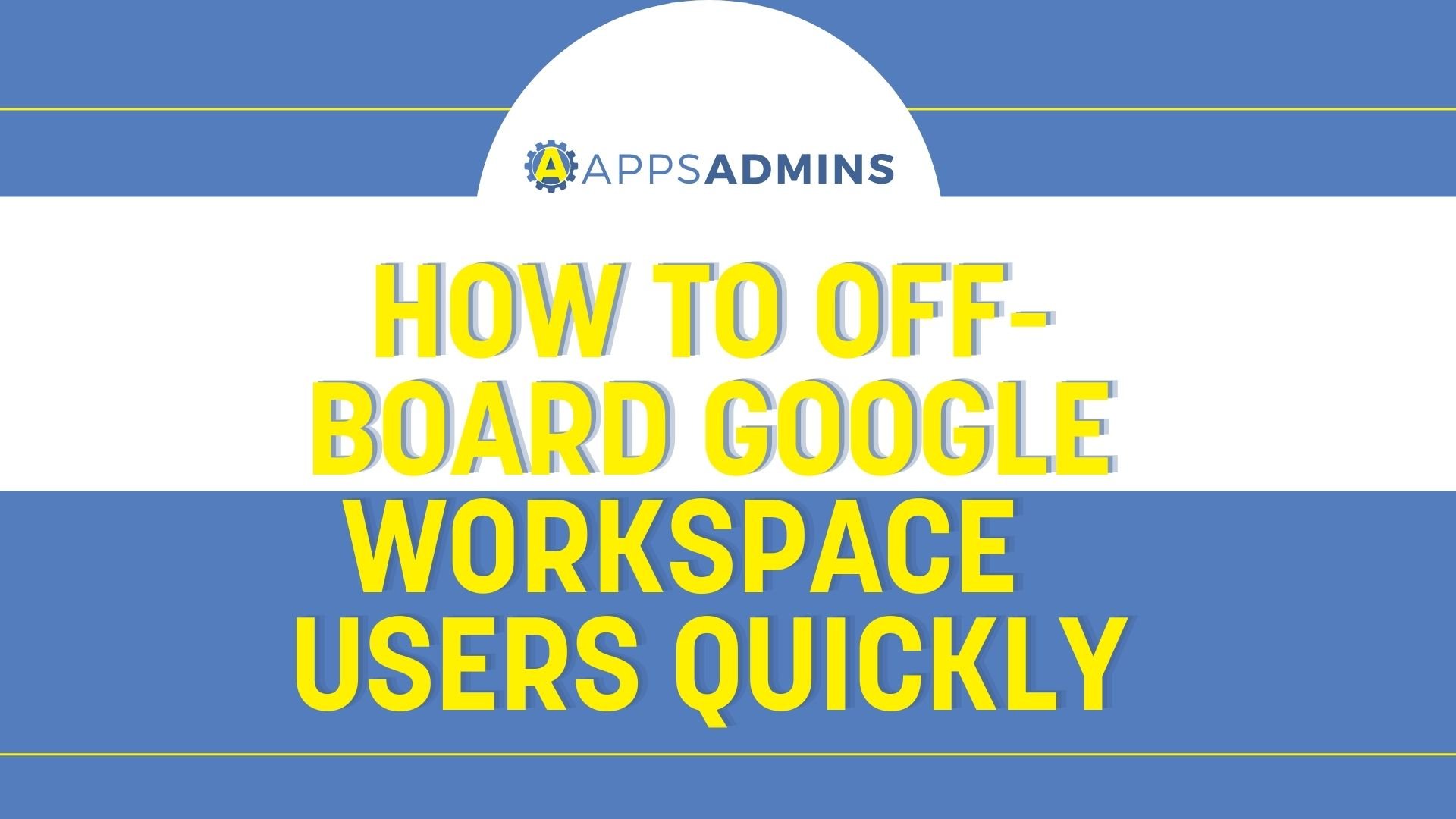G Suite Business Free for 30 Days
Sign up for a Free 30 Day Trial of G Suite Business and get Free Admin support from Google Certified Deployment Specialists.

The Google Apps customer account uses the organization’s internet domain. Users can get access to Google Apps simply by signing in to the user accounts on the domain. A lot of organizations have multiple internet domains which might represent distinct business units, geographies or brands. The user with accounts on any of such domains need the access to the same shared set of Google Apps since they need to be able to work with users in other domains within the same organization. There are a number of approaches offered by Google Apps Migration with which one can manage the multiple domains. It is a critical activity to decide on the best approach of Google Apps deployment for the business operations. The key terms in the decision making process are:
- Domains: it is the unique name that appears in the URLs for the websites and after the “@” sign in the user’s email addresses. It also taken a standard internet suffix such as google.com.
- Accounts: a Google Apps account is a unified sign-in system that gives access to Google Apps products that the organization managers.
- Aliases: the Google Apps account is primarily identified by its primary domain and a user’s account by his primary email address. Aliases are alternate names for the domain or a user’s primary email address.
Before the Google Apps is deployed:
- Conduct an inventory of the domain names owned by the organization which are to be added to the Google Apps Migration account.
- Choose the primary domain name.
- Confirm that none of the domains are already using Google Apps.
In order to manage the Internet domain, the organization has three major configuration options with Google Apps. The following three are the options with brief details:
- Single Domain Google Apps Account: This is a default configuration for Google Apps since it is the simplest. This allows for a single domain (primary) that has all the email addresses of the users. The user can also have email aliases with varying user names but all the email addresses are “@” the primary domain.
- Multiple Domain Google Apps Account: An organization will have further three options for managing multiple domains in a single account:
- Primary Domain and Domain Aliases: This configuration, the organization can provision all user accounts in the primary domain. All user accounts have a primary email address in the primary domain and an alternate one in each alias domain. To set up this configuration, one needs to add all users to the primary domain and add additional domain name to Google Apps account as domain aliases
- Primary Domain and Non-Primary Domains: With this, one can have two separate domains each with a unique set of user accounts. The same username can refer to different users in different domains. To set this configuration, add additional domain to the Google Apps account as non-primary domains and then add users to each domain.
- Multiple Domains and Domain Aliases: this is a combination of the first two. To set this configuration add the additional domain to the Google Apps account as non-primary domains and domain aliases and verify that the domain names are owned. After that, add users to each domain based on which domain the user’s primary email address is wanted.
- Multiple Google Apps Accounts: This is the complex option for managing multiple domains in order to create multiple separate Google Apps accounts. This approach gives flexibility in some areas while increases the cost of management overhead. In this option, there are multiple Google Apps Migration accounts each of which uses one of the previously mentioned configurations. Each account will have its own primary domain. Also, there will be a separate Google administrator control panel for each of those accounts which will enable the configuration of certain account wide settings differently for different domains.
In order to know which of the above mentioned approach is best for an organization, the following have to be taken into consideration:
- The number of internet domains owned by the organization.
- The number of business units existing in the organization.
- How the user identity is being managed in each domain.
- The type of current domain administration model.
.jpg?width=818&name=appsadmins-svg-rules-1%20(2).jpg)







